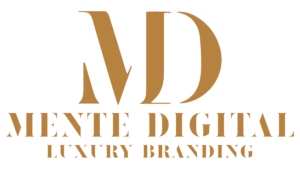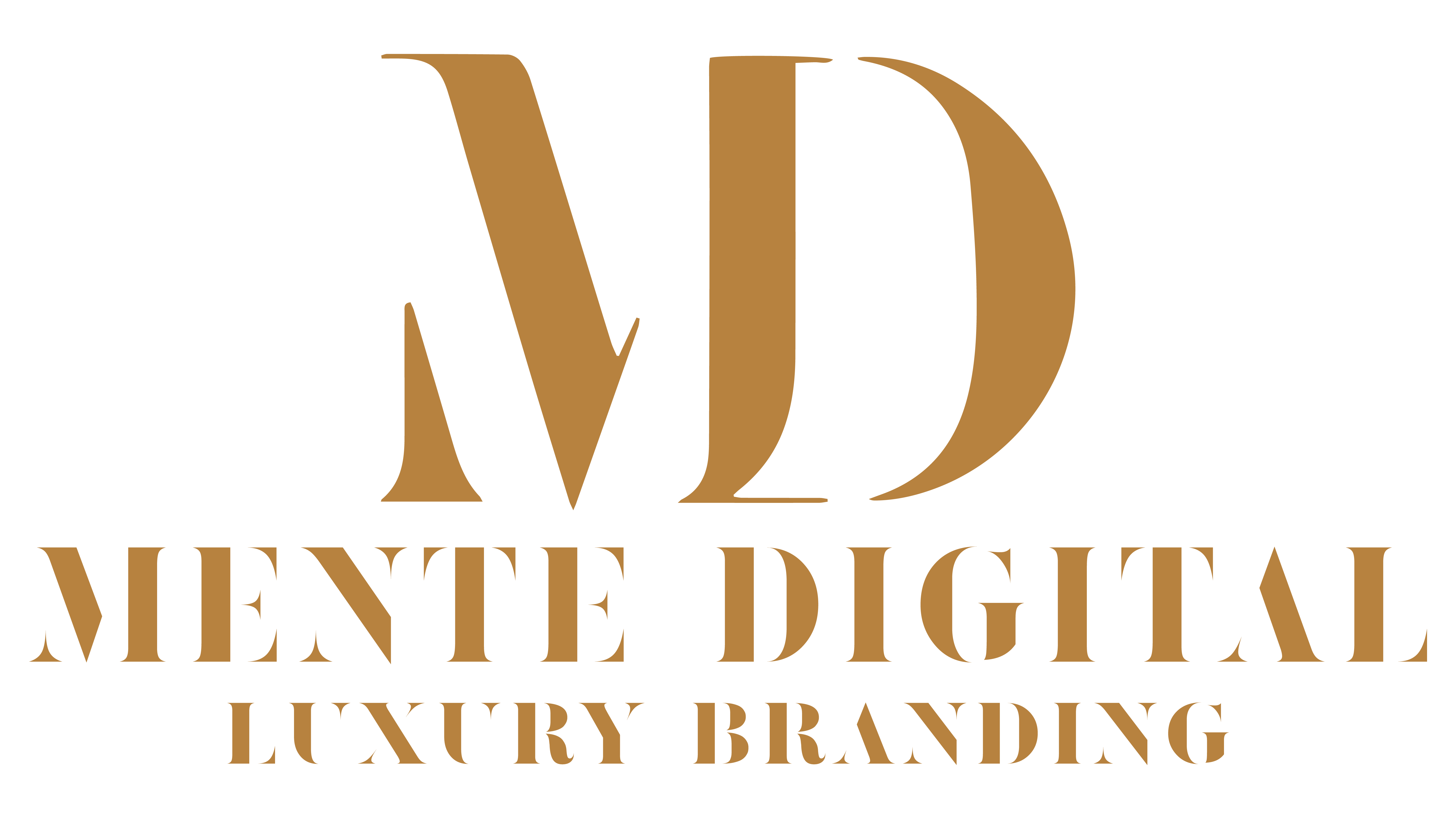Digital Marketing Trends for Premium Wineries & Cava Producers in 2024
Marketing wines and spirits has never been a walk in the park. Over time, mastering digital wine marketing strategies and keeping pace with changing alcohol consumption trends has become essential for wineries aiming to stay competitive and boost sales. With global competition and evolving consumer behavior, wineries must now align their marketing with these shifts to remain relevant.
So, how can your winery maximize its digital marketing strategy?
1. Consumer Transparency Is Non-Negotiable
Today’s consumers are more informed and selective than ever. Before making a purchase, they actively research wine brands, compare prices, and verify product details online. Transparency now extends beyond labeling — it includes storage, transportation, ingredients, and traceability.
Smart wineries are embracing this demand by listing detailed production materials and ingredients. Since label space is limited, many use QR codes to provide access to extended product data and rich brand stories via mobile.
2. Agile Thinking & Personalization Are Key
Personalization and agility are now essential to wine marketing. Consumers want products tailored to their individual identity and values. As a result, wineries are investing in custom labeling, niche branding, and unique offerings that reflect evolving tastes. Some even allow personalized bottle designs to deepen emotional engagement and brand differentiation.
3. Wine Tastings & Experiential Events
Tasting wine while listening to music in an atmospheric cellar is still one of the most powerful marketing tools. Global wineries increasingly participate in outdoor tastings, pop-up events, and open houses to build brand awareness and engage directly with their audiences.
To stand out, many now enhance these experiences with branded glassware, immersive design elements, and social media-ready aesthetics that turn visitors into digital ambassadors.
4. Environmental Responsibility Drives Loyalty
Sustainability is no longer optional — it’s expected. Today’s conscious consumers seek eco-friendly, low-sulfite, natural wines, and align with brands that support environmental, social, and animal welfare causes.
Wineries that communicate their commitment to sustainable practices — from production to packaging — have a clear competitive edge in both sales and brand loyalty.
5. Authenticity Through Storytelling
A beautiful label and refined flavor aren’t enough anymore. Consumers want to connect emotionally with the story behind the wine — the heritage, the people, the land.
Wineries that highlight origin stories, traditions, or innovative approaches create stronger connections and elevate the perceived value of their bottles, even in more price-sensitive markets.
6. Flavor Specialization Over Broad Variety
Modern consumers may feel overwhelmed by too many similar options. Instead of producing dozens of similar varietals, wineries are now moving toward specialized offerings tailored to niche audiences.
This shift away from variety in favor of depth improves brand clarity and supports more focused, compelling marketing strategies.
7. High-Impact Website Experience
A winery’s website must mirror its in-person brand experience: elegant, intuitive, and immersive. Essential elements include:
- SEO optimization (especially local SEO for tourist discovery)
- Intuitive information architecture for easy navigation
- E-commerce or alternative product offerings (wine accessories, branded décor, etc.)
- High-quality visuals: drone footage, 360º bottle views, event coverage, vineyard photography
- Mobile optimization for the growing segment of smartphone shoppers
A well-designed site not only improves user experience but also strengthens customer retention and drives conversions.
8. Health, Wellness & Ethical Consumption
Even in moments of indulgence, modern consumers care about well-being. Wineries that align with wellness values — such as moderate alcohol, organic certification, or ethical sourcing — appeal to this new mindset and create a sense of purpose behind every purchase.
9. Wine Clubs & DTC Memberships
Wine clubs continue to be a lucrative channel for wineries. While tasting rooms account for roughly 47% of direct-to-consumer sales, wine clubs now represent around 33%, making them essential to any modern marketing strategy.
Top-tier clubs offer VIPs exclusive access to limited-edition wines, private dinners, or seasonal events — creating both revenue and brand loyalty.
10. Social Media as a Relationship Engine
Social media remains one of the most powerful marketing tools in the wine industry. Platforms like Instagram, Facebook, Pinterest, and even Twitter allow wineries to:
- Share real-time updates from vineyards and cellars
- Humanize their team and values
- Promote events and limited releases
- Engage directly with customers and foster two-way communication
Visual content — especially video — is king. From behind-the-scenes storytelling to flyover drone clips, the best wineries use social-first strategies to build emotional engagement.
Final Thought
The future of wine marketing is digital, emotional, and deeply personal. Wineries that embrace transparency, sustainability, immersive experiences, and authentic storytelling — all powered by tech and data — are poised to thrive in the evolving landscape of 2024 and beyond.


